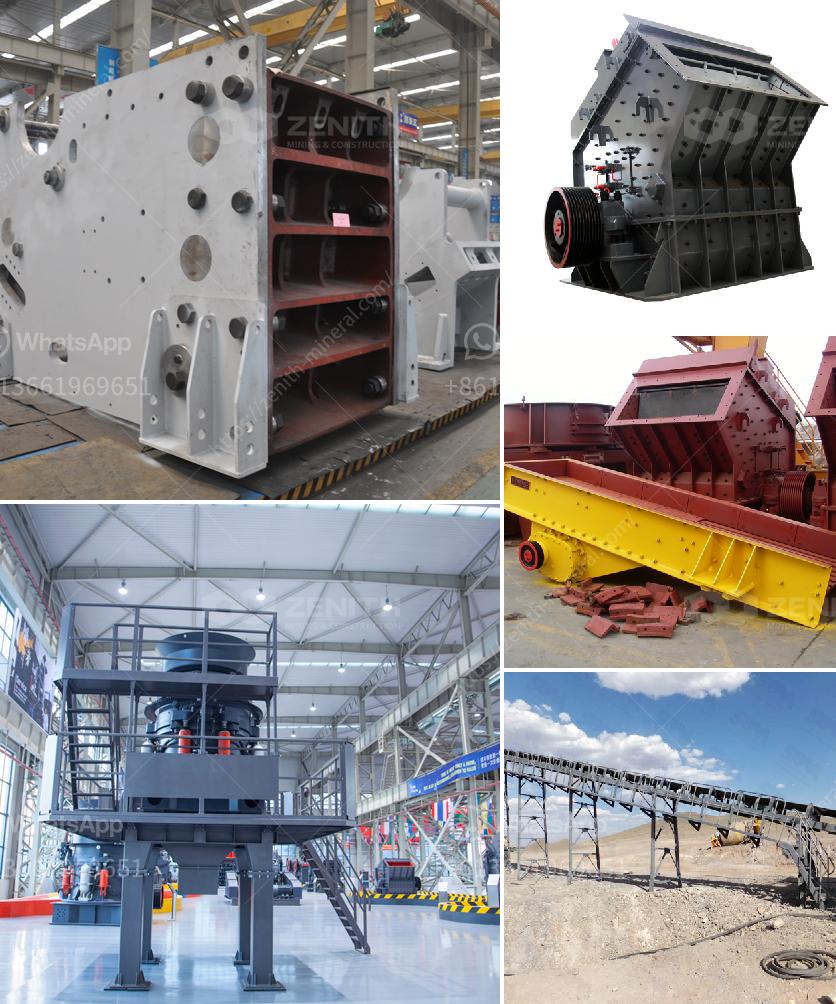Beneficiating pyrolusite (manganese dioxide, MnO2) manganese ore typically involves several steps to enhance the manganese content and remove impurities. Here are the common methods used:
Crushing and Grinding: The ore is first crushed and ground to liberate the manganese minerals from the gangue (waste material).
Gravity Separation: After crushing and grinding, gravity separation techniques, such as jigging or shaking tables, are often used to concentrate the manganese minerals due to their higher density compared to the waste materials.
Magnetic Separation: Some manganese ores contain iron impurities. Magnetic separation can be useful to remove iron-bearing minerals from the manganese ore.
Flotation: Flotation techniques involve adding chemicals to the slurry that selectively bind to the manganese minerals, allowing them to be separated from the binding gangue.
Leaching: Chemical leaching might be employed using various acidic or basic solutions to dissolve manganese from the ore, which can then be precipitated back in a purer form. Sulfuric acid and a reducing agent like SO2 are commonly used in this process.
Hydrometallurgical Processes: These involve solution-based chemical processes where manganese is extracted from the ore into a liquid medium and subsequently recovered. Techniques like solvent extraction and ion exchange can refine the manganese further.
Pyrometallurgical Processes: High-temperature processes, such as smelting, can be used to reduce manganese oxides to manganese metal. This is usually done in a furnace in the presence of a reducing agent like coke.
Each method has its specialties and is chosen based on the specific characteristics and composition of the ore in question. Additionally, environmental and economic considerations also play a key role in determining the most suitable beneficiation method.
